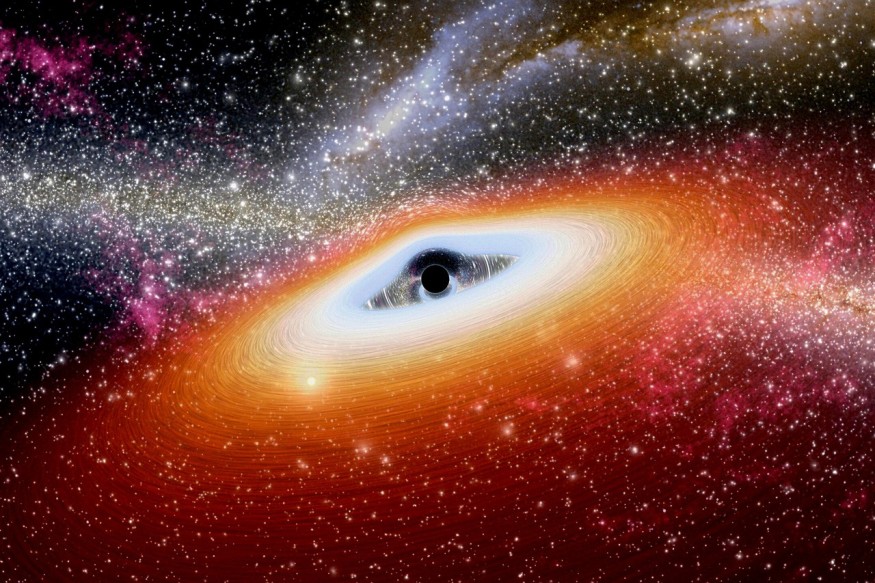For the first time outside of our galaxy, the Black Hole Police team has discovered an inactive black hole that is at least nine times as massive as the Sun and is just 160,000 light-years from Earth. No gas or other substance is being consumed by the sleeping giant.
The Milky Way's neighboring satellite galaxy, the Large Magellanic Cloud, contains it. It orbits a bright, blue star almost three times as massive as the Sun.
The Milky Way and the Magellanic Clouds are anticipated to have hundreds of stellar-mass black holes orbiting big stars. The Black Hole Police team expects that their research will make it possible to find more of these objects.

'Black Hole Police' Finds Giant Black Hole Using ESO VLT
According to a recent CNN World report, the new study's conclusions were based on observations using the ESO's Very Large Telescope.
The news report points out that finding inactive black holes is quite challenging. Black holes' passive counterparts don't generate much X-ray radiation, which would have made them simpler to see in the first place.
"It is incredible that we hardly know of any dormant black holes, given how common astronomers believe them to be," said study co-author Pablo Marchant of KU Leuven, Phys.org reported.
Black dormant holes are challenging to locate since they do not interact with their environment very much.
The German research fellow and study co-author Julia Bodensteiner mentioned in the same Phys.org report that they had been looking for such black-hole-binary systems for more than two years.
When Bodensteiner learned that VFTS 243 was the "most convincing candidate reported to date," she could hold her excitement.
ALSO READ : Weird Star Sends Fast Radio Burst That Beats Like a Heartbeat Billions of Light-Years Away From Earth
How The 'Black Hole Police' Exactly Found The Sleeping Giant
The black hole giant disappeared along with the star that gave it birth, leaving no trace of a large explosion. However, study lead author Tomer Shenar from Amsterdam University said they found a "needle in a haystack," Wales Online reported.
The Black Hole Police searched the impressive Tarantula Nebula in the constellation of Dorado by combing through roughly 1,000 massive stars. It is challenging to distinguish companions from black holes since so many other options exist.
The research published in Nature Astronomy also provides insight into the formation of black holes from the remnants of dying stars. Whether or if a strong supernova explosion accompanies this is unknown.
Dr. Shenar clarified that there is no evidence of an earlier explosion in the star that gave rise to the black hole in VFTS 243, which appears to have collapsed entirely.
Although there has been recent evidence for this "direct-collapse" scenario, Shenar said their study perhaps offers one of the most direct examples.
"This has enormous implications for the origin of black-hole mergers in the cosmos," Shenar said in the same Wales Online report.
'Black Hole Police'
According to a recent article by SciTechDaily, astronomy insiders have given the group of specialists responsible for the most recent discovery the moniker "Black Hole Police."
The "Black Hole Police" members are primarily in charge of disproving many black hole findings from time to time.
The first-ever inactive black hole outside of our galaxy has recently been found. Thus, it seems that the experts are now on the opposite side of the coin.
For the first time, the team came together to report on a black hole finding, said Tomer Shenar.
It contrasts sharply with the "Black Hole Poice" traditional function to refute or disprove new black hole findings.
The organization has rejected 10 black hole findings in the previous two years alone, according to CNN World.
RELATED ARTICLE : European Space Agency Finds This Beautifully Odd Creature in Space Through an X-Ray; Can You Guess What It Is?
Check out more news and information on Space in Science Times.
© 2025 ScienceTimes.com All rights reserved. Do not reproduce without permission. The window to the world of Science Times.












